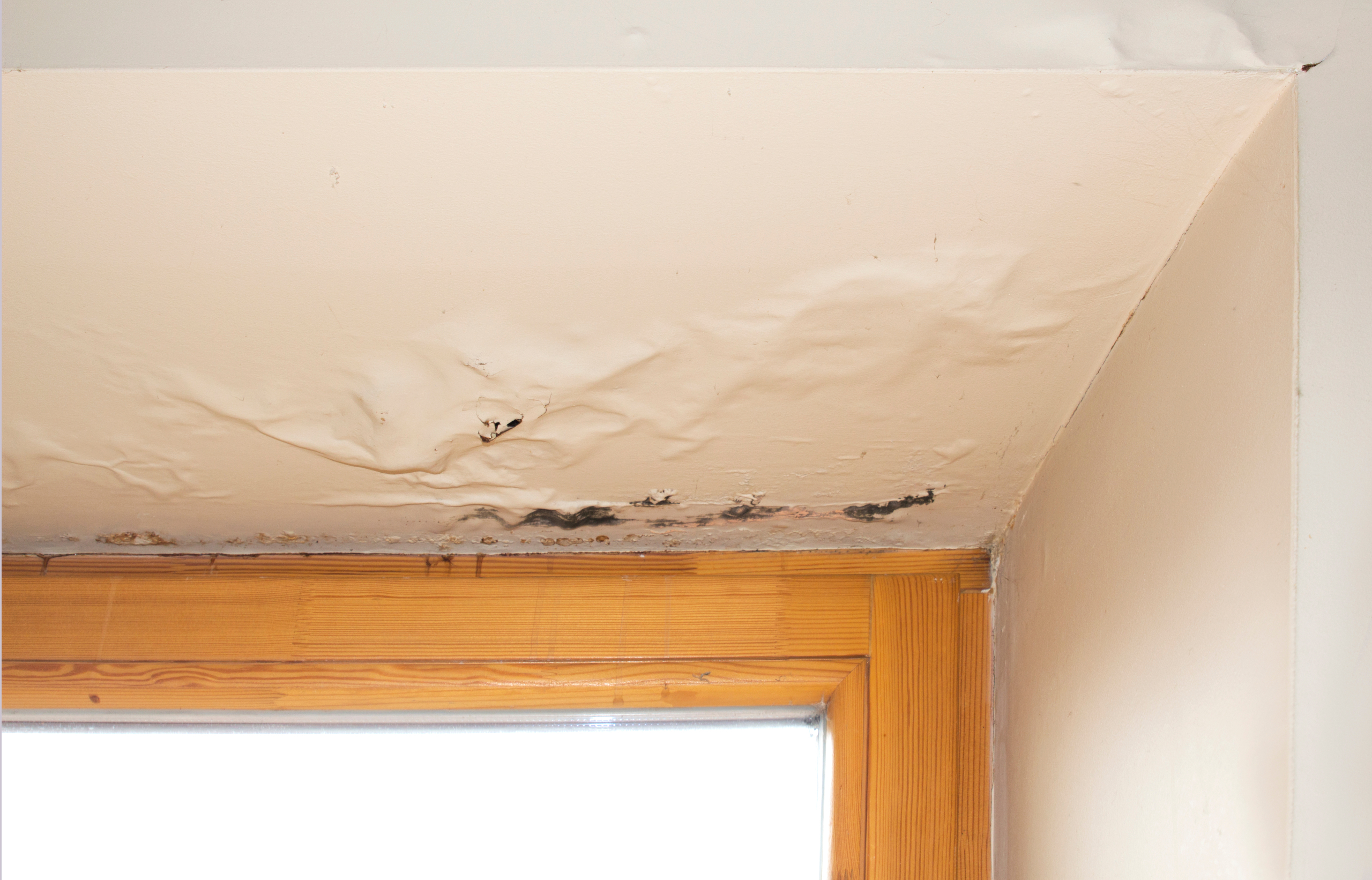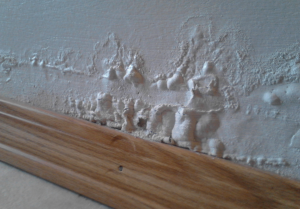In this article in the next paragraph you can discover additional sound information and facts around How to Find and Repair Water Leaking in the Wall.

Water spots on walls are not enjoyable to the eyes. Sometimes it seems almost inevitable to experience water discolorations on wall surfaces in residences.
Homeowners living in humid regions constantly deal with the anxiety of water discolorations on wall surfaces. With all-around and accurate information on the causes of water discolorations as well as timely fixing procedures, you will always be an action ahead of such occurrences.
3 Usual Root Causes Of Water Spots on Walls
Unlike common belief, water spots on walls do not always originate from inadequate building materials. There are numerous sources of water spots on walls. These consist of:
Wet
When warm moist air consults with dry cold air, it causes water beads to base on the wall surfaces of buildings. This occurs in kitchens and bathrooms when there is steam from food preparation or showers. The water droplets can stain the bordering walls in these parts of your house as well as spread to various other areas.
Damp or condensation impacts the roof and also walls of structures. When the wall is damp, it produces an ideal atmosphere for the growth of fungi as well as microbes.
Poor Water drainage
When making a building strategy, it is vital to ensure appropriate water drainage. This will protect against water from permeating right into the walls. Where the water drainage system is blocked or nonexistent, below ground moisture builds up. This links to excessive dampness that you see on the walls of your structure.
So, the leading source of wet wall surfaces, in this instance, can be a poor drain system. It can also be due to poor monitoring of sewage pipelines that run through the structure.
Pipe Leaks
The majority of residences have a network of water pipelines within the wall surfaces. It always enhances the viability of such pipelines, as there is little oxygen within the wall surfaces.
A downside to this is that water leakage affects the wall surfaces of the structure and also creates prevalent damages. A telltale sign of malfunctioning pipelines is the look of a water discolor on the wall.
Pro Suggestion
A houseplant in your home also increases its moisture. So, if your home is currently damp, you may want to present houseplants with very little transpiration. An example of ideal houseplants is succulents.
Water Discolorations on Wall: Repair Tips
When dealing with water discolorations, house owners would normally want a fast solution. Yet, they would certainly soon understand this is disadvantageous as the water spots recur. So, right here are a few handy suggestions that will lead you in the repair service of water stains on walls:
Conclusion
No one desires to have water stains on wall surfaces in their home, it can occur to the ideal of us. This short article offers you leverage, as you currently recognize how to manage this mishap if it does happen.
It is constantly best to recruit expert solutions to help repair the problems in your home.
Occasionally it seems virtually unavoidable to experience water discolorations on walls in residences.
Contrary to prominent belief, water spots on wall surfaces do not always stem from bad structure materials. There are a number of reasons of water spots on wall surfaces. The water beads can discolor the bordering walls in these parts of your residence and spread to various other locations.
Here are a few handy suggestions that will certainly direct you in the repair service of water discolorations on walls:
CHECKING FOR WATER DAMAGE
Water damage can be costly, and it may begin before you even notice the first signs of trouble. Water damage can cause mold and mildew in your walls and floors, which can create an abundance of health concerns for your family. It can also lead to costly repairs of various appliances and general home fixtures. To avoid the pricey consequences of water damage, here are Warner Service’s top 5 places you should check:
The walls – The easiest place to spot the beginnings of water damage is on the walls and ceilings of your home. If water damage is present, there will most likely be water stains, especially around the windows and doorframes, and/or cracks in the drywall. If a stain looks unusual (discolored to brown, black or gray, raised texture), has a swollen appearance or is soft to the touch, contact a professional immediately. The pipes – To avoid water damage, consistently check the pipes in your kitchen (especially the dishwasher and ice maker), bathrooms, laundry room (specifically washing machines) and basement for corrosion, leaks and water stains. Pay special attention to where the pipes connect in your home and the location of caulking around the bathroom fixtures, including toilets, sinks, showers and tubs. Missing or loose caulking and grout could be signs of leaking water. This seepage can also quickly cause mold and rust, so double check your water heater and tank for wet spots on the floor. The floor – Water damage is very easy to spot on the floor. Look for any warping or buckling of the material, especially in the basement. If your home has wood flooring, look for bright white or dark stains. If your home has carpeting, keep it dry and clean. A damp carpet that smells of mold could cause water damage and health problems. To avoid this, consider installing floor pans under your appliances to help prevent damages from small, slow and undetected leaks. The basement and attic – If your basement or attic smells odd check for mold and mildew around the area, especially the valley where the roof meets. While you are inspecting those areas, check for wall cracks, floor stains, rust and dampness in the insulation. If you live in a colder and/or rainier climate, perform routine checks for water damage from melting snow or ice and rain. The exterior – Check the roof for damaged flashing and missing, cracked or curled shingles. There should also be no standing water anywhere outside your home. This could be caused by puddles, leaky rain gutters or hoses, poor drainage, or short gutter spouts. Invest in a sump pump system or water flow monitoring system, and perform routine maintenance on these outdoor appliances to avoid indoor water damage.

Hopefully you liked our post on Indicators of Water Damage Behind Walls. Thank you for taking time to read through our posting. If you please set aside a second to promote this entry if you appreciated it. Thanks a bunch for your time. Visit us again soon.
Request Service